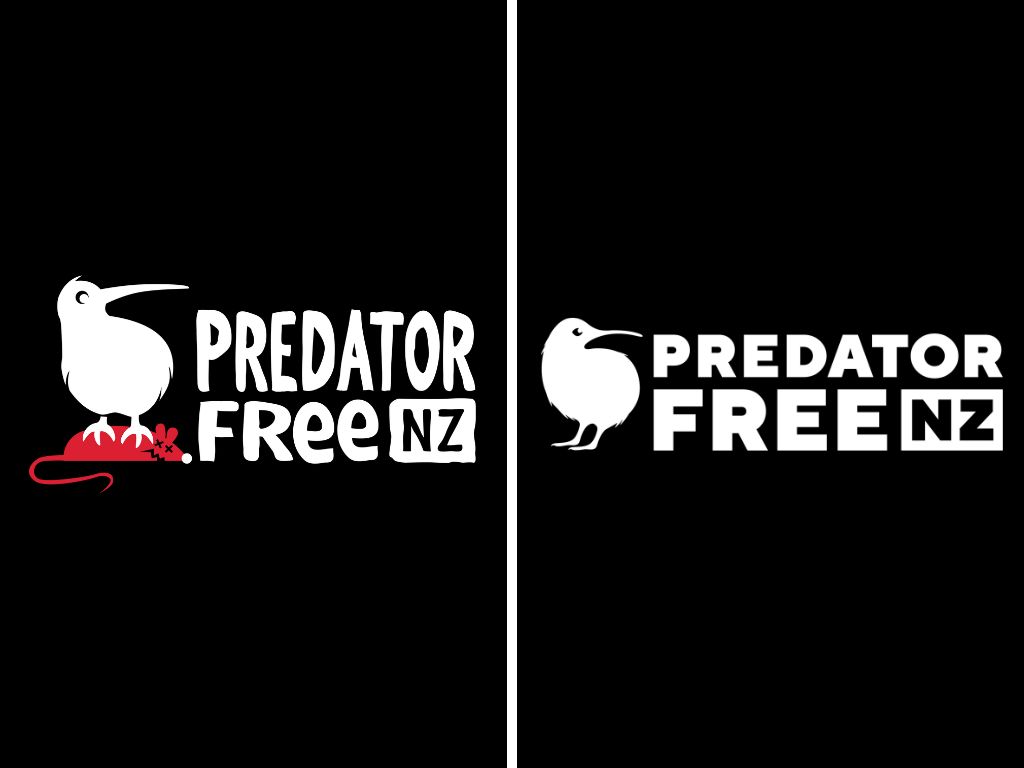Join us on a journey through time as we celebrate a decade of achievements with the Predator Free New Zealand Trust, from humble beginnings to conservation milestones.
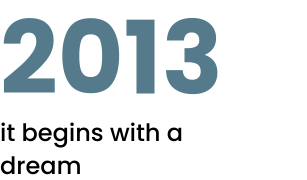
A group of passionate conservationists rallied behind the fact that our generation may be the last to save our unique native bird, bat and insect species before they’re obliterated by introduced predators. They came together with an idea: a predator free New Zealand. It was urgent, it was possible, and it was audacious.
That’s when some heavyweights stepped in. With input from a lot of dedicated and inspirational people, Rob Fenwick, Gareth Morgan, Kevin O’Connor founded the Predator Free New Zealand Trust, determined to turn this ambitious dream into a reality. They knew from the beginning they couldn’t do it alone because when it comes to protecting our precious wildlife, we’re all in this together. The Trust was formed.
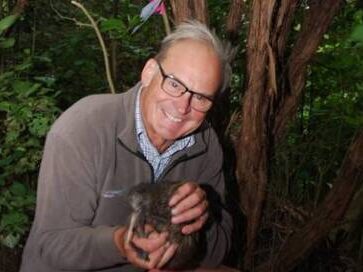

Starting out, we created a high-definition map of New Zealand, identifying where major public agencies (DOC, OSPRI and regional councils) were actively managing predators. We then called on private landowners, hapū and local communities to join the action and be added to the map.
With a bird’s eye view of the predator free mission, we can work together to fill the gaps and tell a national story.
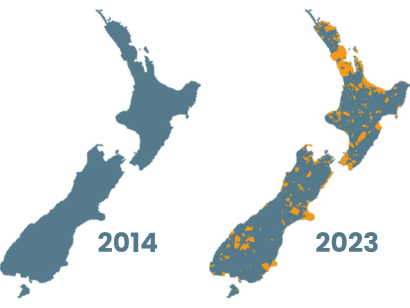

Our newsletter launched, reaching 412 people with a bold offer: win $2,500 for your predator control by adding your group to the map. We knew there were passionate people and communities out there, but we wanted to find them to connect and offer help. From these humble beginnings, our newsletter continues to be a juicy serving of predator free content, going out to 17,000 subscribers fortnightly.
If you haven’t already, you can subscribe to our newsletter here.
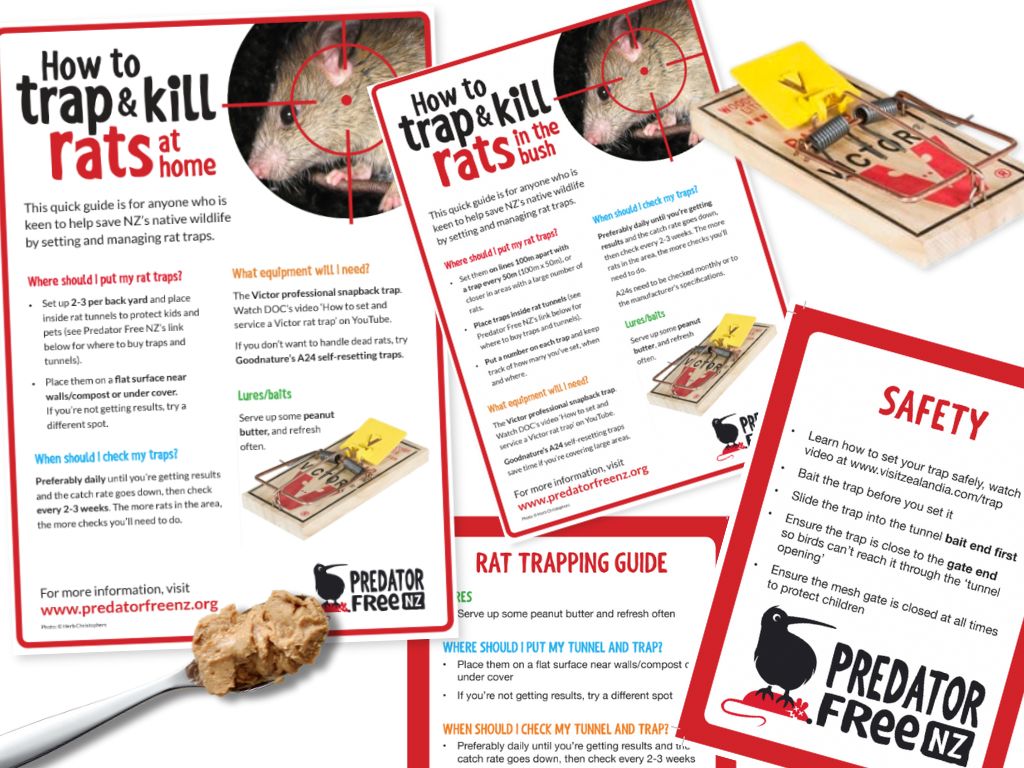

There’s no shortage of inspiring stories in this work. Our storytelling ramped up in 2016, and we profiled countless incredible people who share their love of nature and showcase new technology and research in the sector. We continue to tell those stories of local heroes and hope. These are our top ten stories of all time.
The Predator Free NZ movement was gaining momentum in 2016 as people and, finally, the government realised the urgency and importance of saving indigenous species from introduced predators. Prime Minister John Key announced the Predator Free 2050 goal this year.
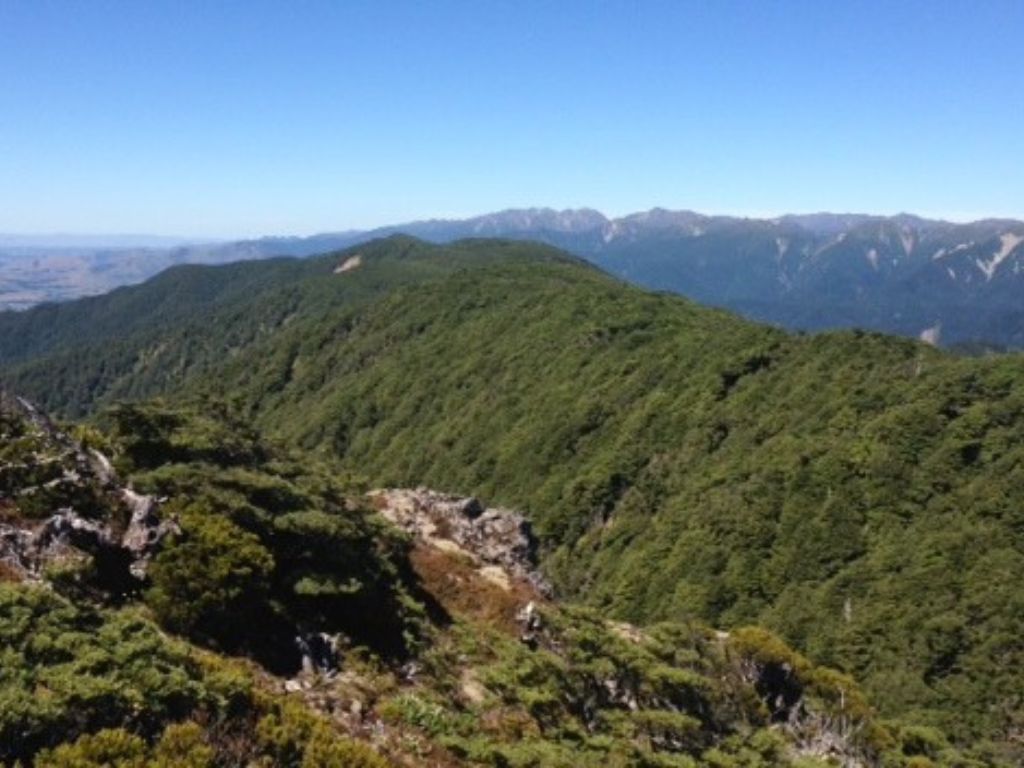

With the goal to get one in five Kiwis trapping in their backyards, we initially teamed up with Kiwibank to fund community groups and schools with traps and expert advice on how to make their neighbourhood predator free.
While we no longer fund schools, the Trust has funded 139 community groups with more than $550,000 in the last eight years. That’s over 32,000 traps and detector tools, like chew cards and tracking tunnels.
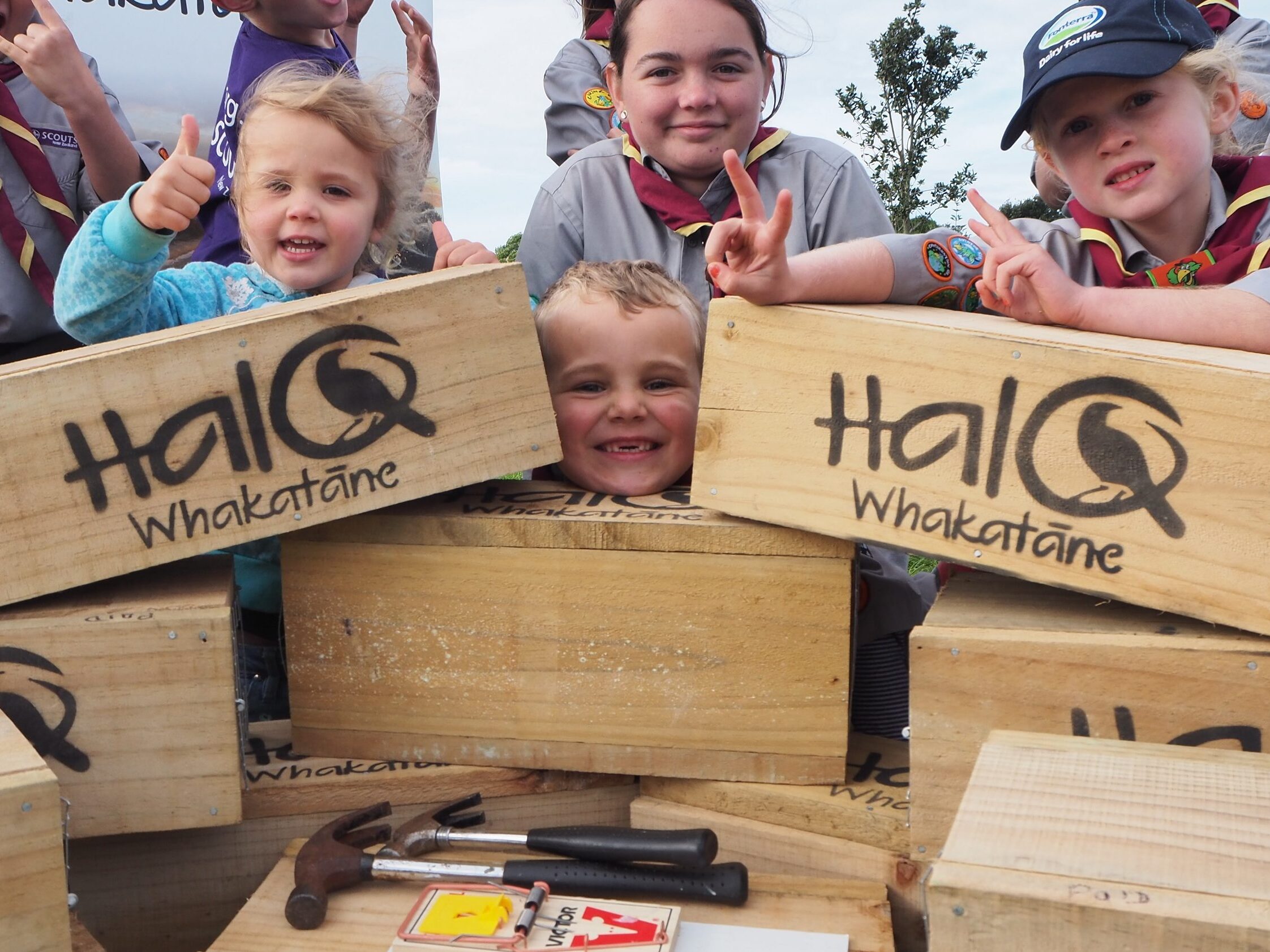

Back in the day, it was hard to buy chew cards, tracking tunnels, or traps for your backyard.
We changed all that by creating an online shop that delivers these tools straight to your doorstep. We sell humane traps for rats, ferrets, possums, stoats, and hedgehogs. We expanded into posters, bird feeders, and merch.
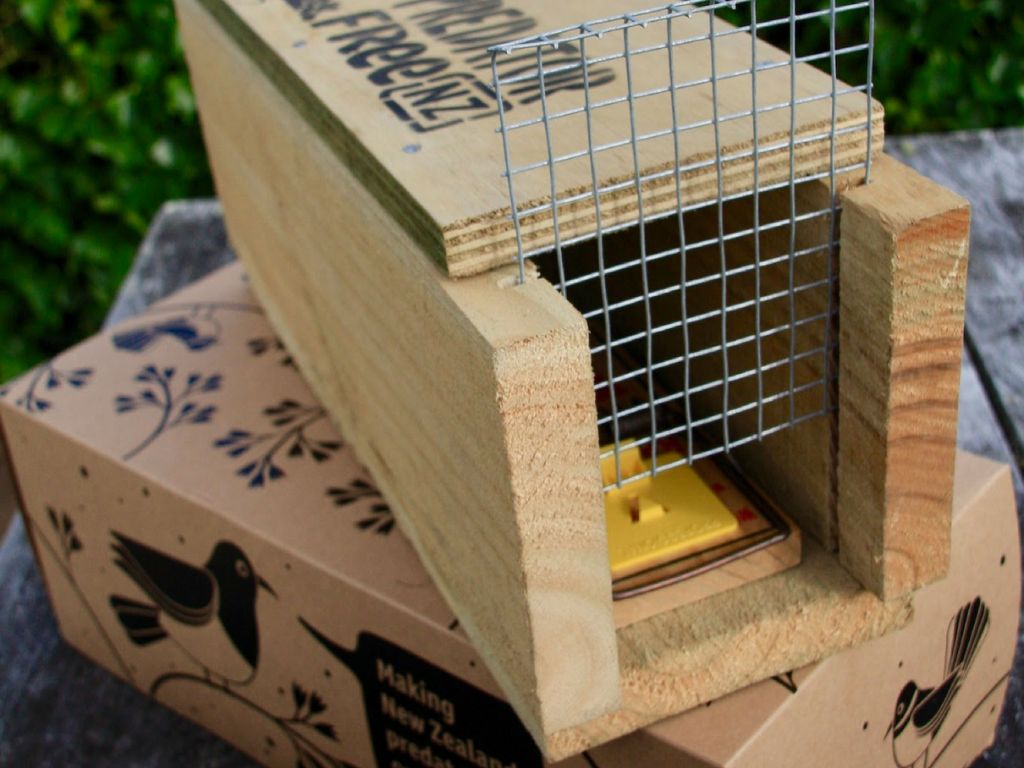

Teaming up with technical specialists like Cam Speedy and others was a game-changer. Their knowledge and expertise in wildlife ecology and predator control are invaluable, and their passion for nature is infectious.
With experts like these guys on board, we’ve been able to offer public talks and training across the country, webinars, video tutorials, and articles to transform everyone from “a trap checker to a predator hunting ninja” (as Cam says). We’ve held 22 public talks from Puhoi to Invercargill.
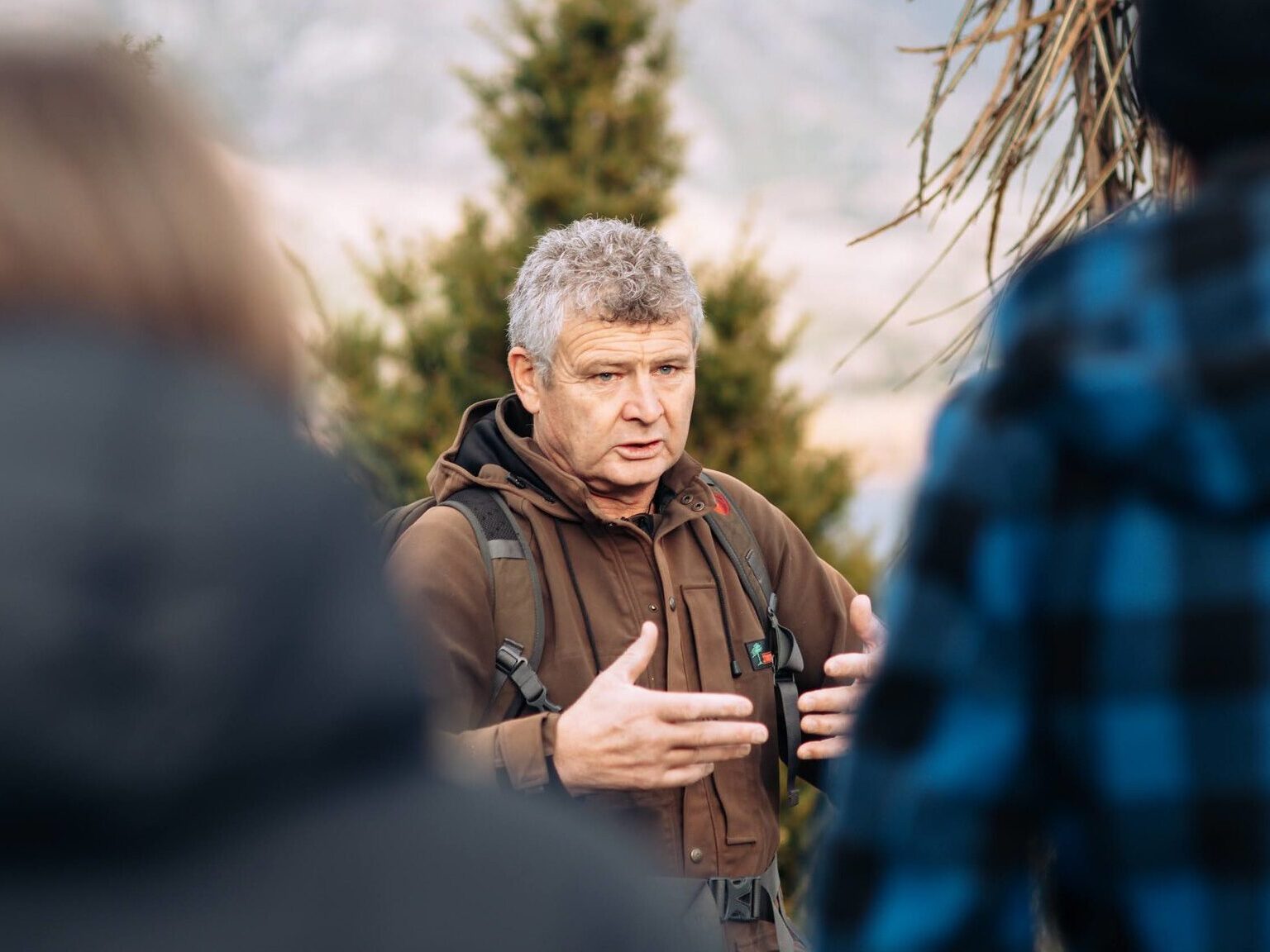

Coronavirus lockdown put a hold on large-scale predator control and community trap lines in parks and reserves. With people stuck at home, we knew we could still make a difference. We hosted a series of webinars on all things predator control which are all still available on our site.
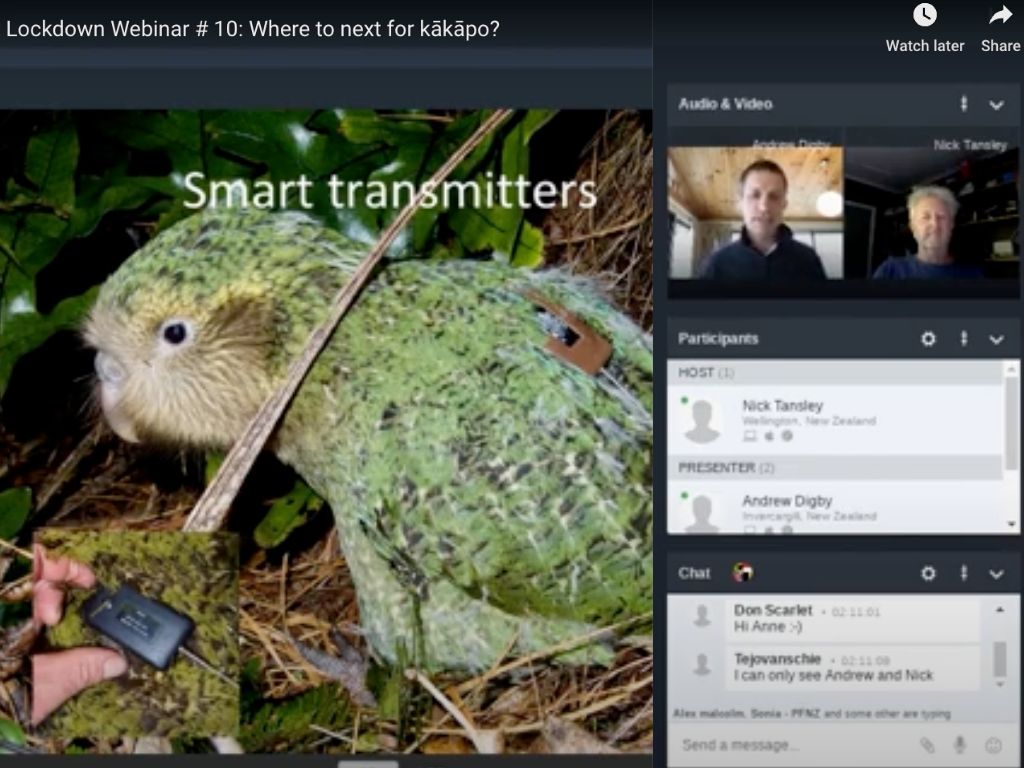

When Jobs For Nature granted the Trust some funding to take the predator free sector to the next level, we jumped into action. Previously, there wasn’t an obvious or easy path into a predator control career. The Predator Free Apprenticeship Programme was designed to increase the number of skilled predator control operators in the field.
Apprentices gain two years of hands-on experience with various host organisations, completing various training and certifications. The programme began in 2020, and its success prompted a bump in funding in 2021.
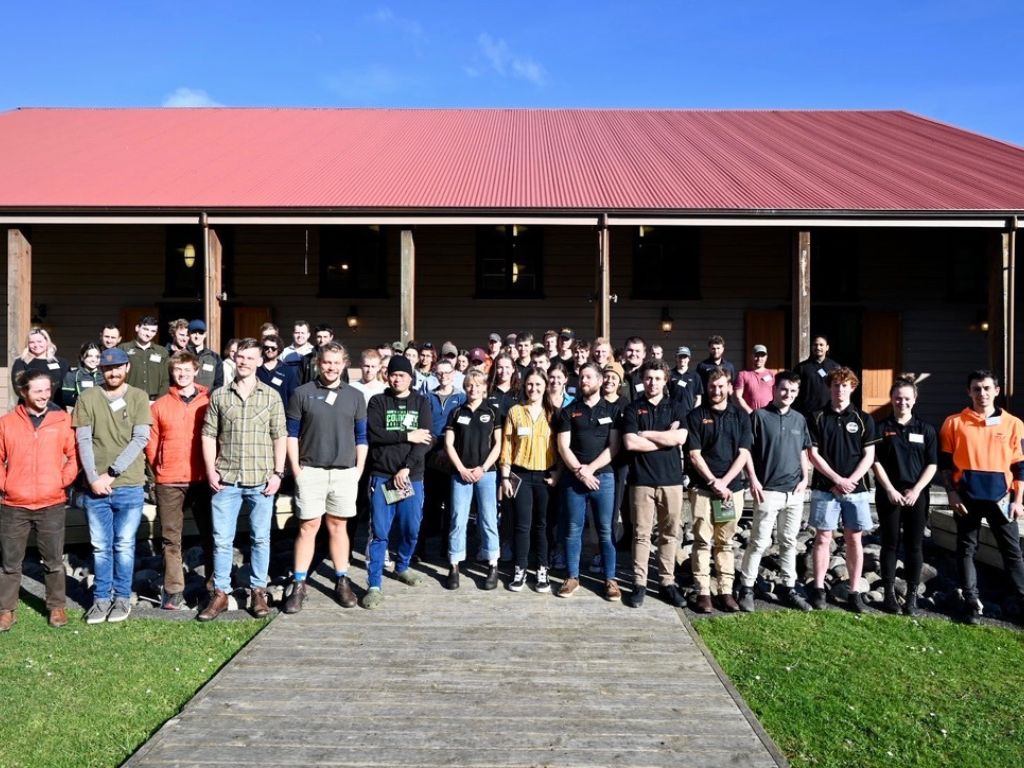

With our first wave of apprentices graduating, success stories pouring in, the release of new how-to guides for farmers and lifestyle blocks owners, plus more funding to community groups, the Trust made a major push for better cat control legislation. Our chief executive, Jessi Morgan, took to the halls of Parliament to speak to the environment subcommittee about the urgent need for a national cat act.
We joined the SPCA, Vets Association, Companion Animals NZ, MPI, DOC and others to support new legislation because the welfare of our beloved pets and the survival of native wildlife that fall prey to this apex predator depend on it.
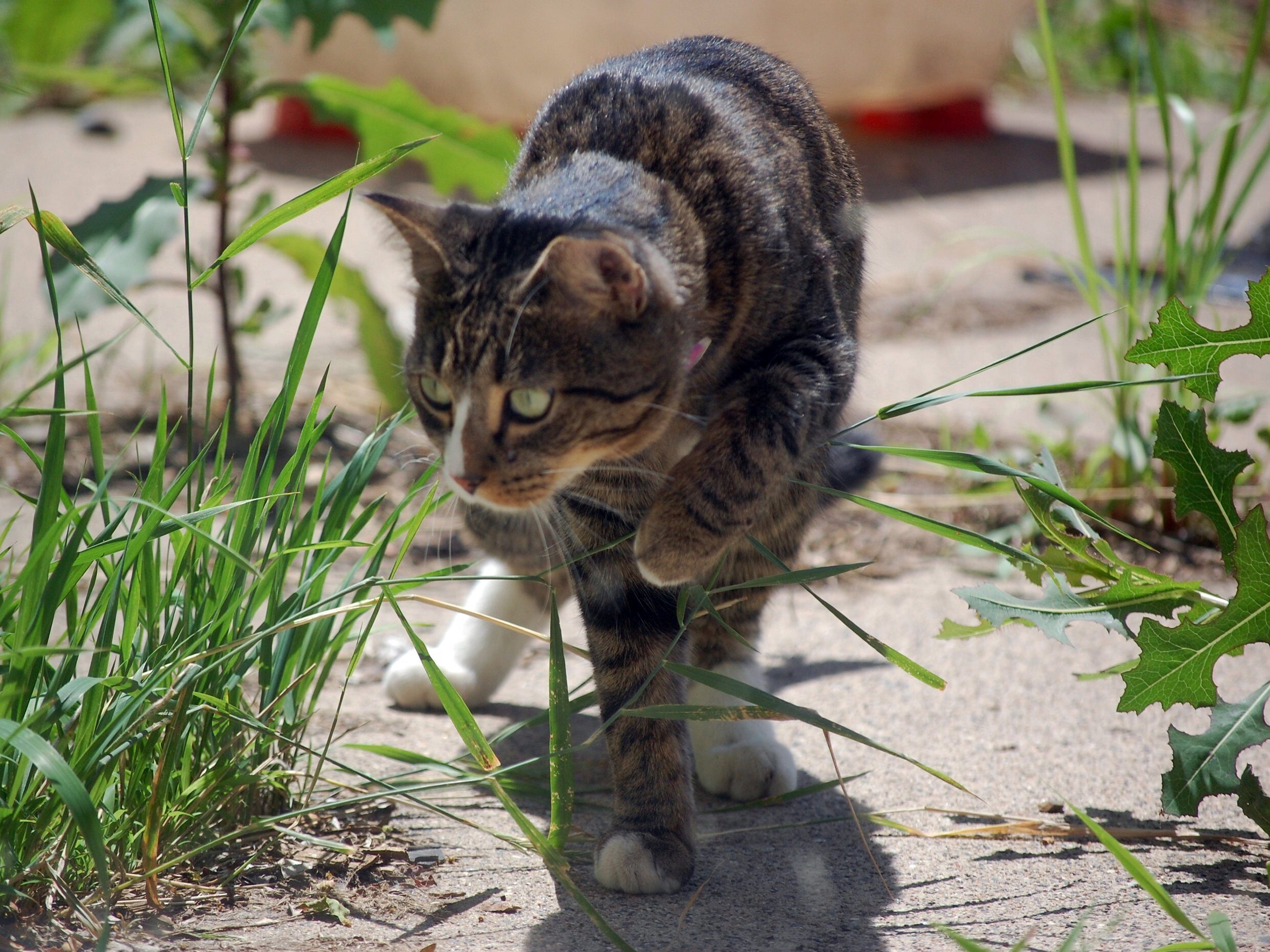

After ten years of the kiwi and dead rat logo, we switched it up. We’re moving on from focusing on death and killing in the name of conservation – while it’s a valid reality we have to face up to, we want to focus on the outcomes of predator control: saving the birds, bugs, bats and lizards that deserve to thrive in Aotearoa.
